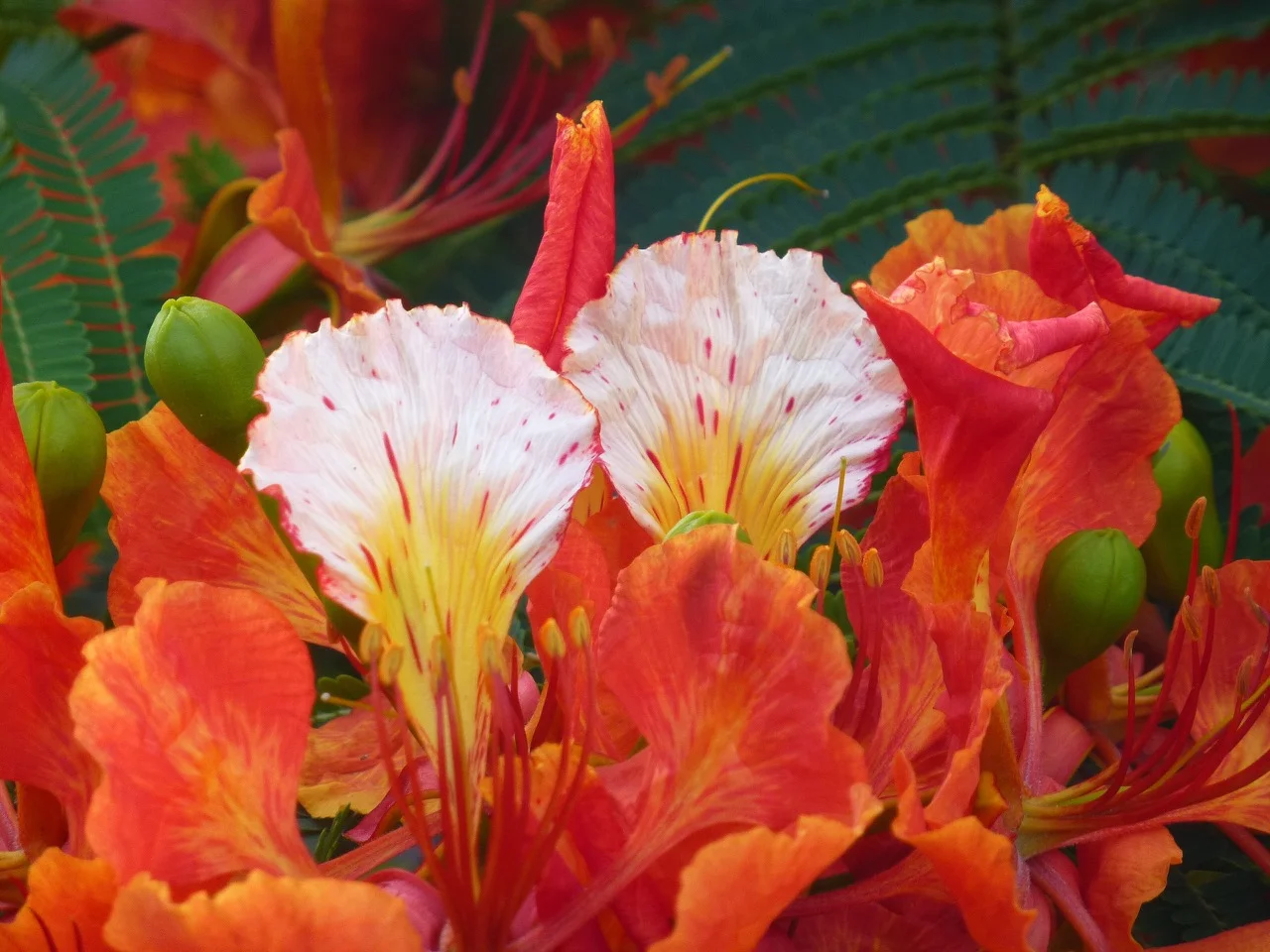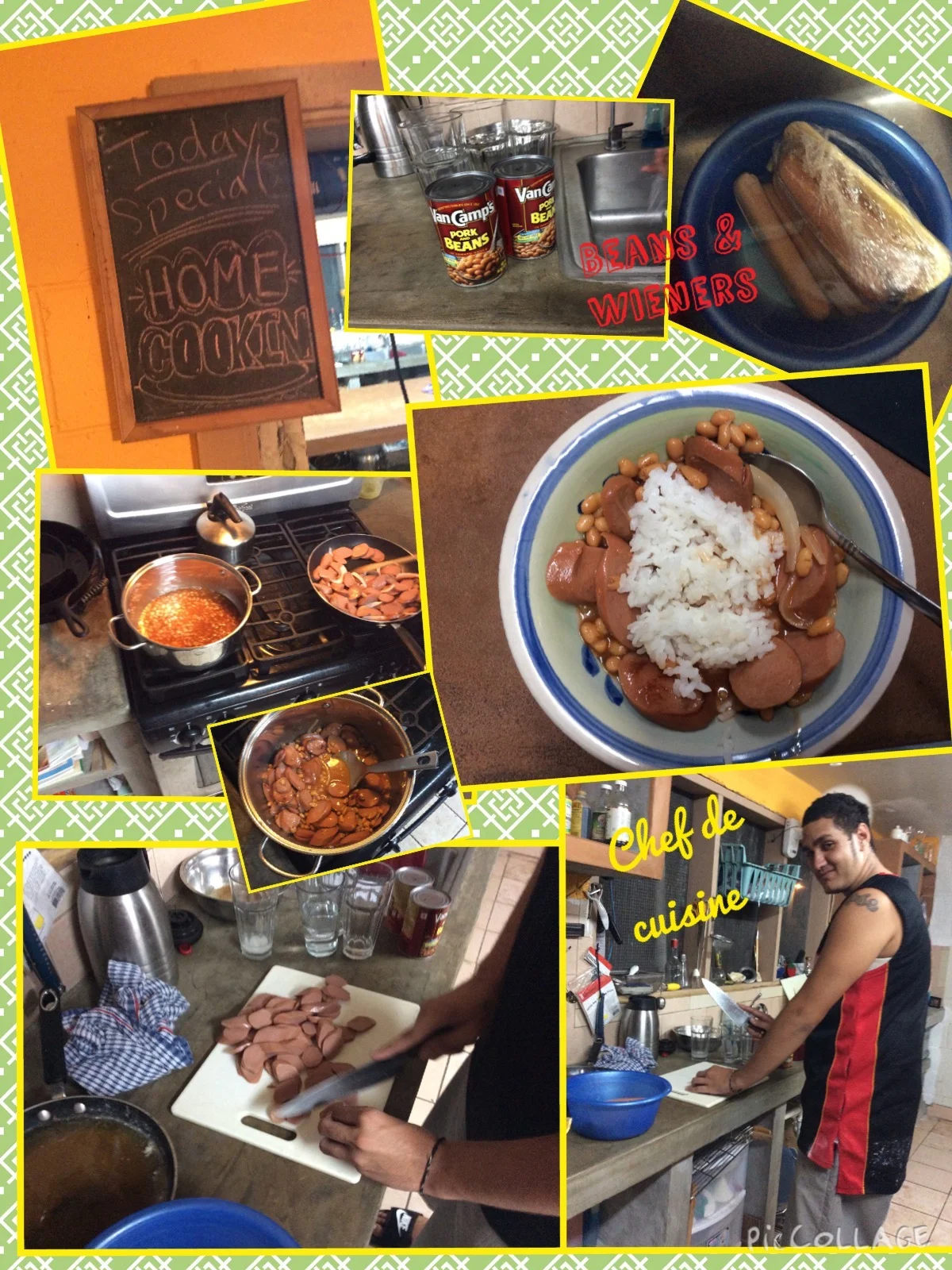Polynesian Culture..
The Sa Bell
Sa is a curfew of sorts that is typically observed daily for about 15 minutes, but is extended on occasion. During this time no one is to leave their homes for any reason or they risk a fine from the village. Anyone who finds themselves in a situation that would require them to leave their homes needs to call the aumaga, a male in the village who is below the mati (chief) and is responsible for many duties within the village. The Sa Bell is an empty oxygen tank hanging on a tree or post. It is rung by the aumaga, usually around 5:45pm. The first bell is a warning to get indoors, second bell you should be indoors and third bell you can go about your daily business again. It only lasts about 15 minutes. This system adds some structure to peoples lives in the villages. It is a time of personal and cultural refection for the families. Another potential use for the Sa Bell is to warn of a possible tsunami.
Land Tenure & Property
With the exception of small amounts of government and church property, most land is owned by Samoans. Traditionally, communal ownership was by 'aiga and was controlled by the matai (chief). This remains true for much land today but some families do own their property outright. There are no property surveys and lot lines. Any disputes about your neighbor - go the the matai (chief).
While driving through the small villages, I noticed two interesting features. One is that there are no "For Sale Signs”. Basically you can’t sell your property/house since in many cases you don’t actually own it - it is really owned by the group of families the form the extended group. Kind of like a clan.
The other very interesting feature was that Samoan’s don’t have a communal cemetery, they bury their family members in the front yard. You see the raised cement crypts in front of many homes in the villages. The higher the crypt the more important the person buried there. This may well be another reason why people don’t or can’t sell their houses. Who wants to buy a house with someone else’s relatives buried in the front yard. Samoan’s are very superstitious. Tradition is that the family members buried on their property will protect the rest of the family.
The Guest House
This building is very important to Samoan culture. Located towards the front of homes (fales), it is a large open air structure that has several purposes. It serves as a meeting area for matters of the village, a place to entertain guests and celebrate festivals, and also a place to bring families members together to raise funds for the village. I was invited to one of these events. Families and their children were in attendance. It was a great time of dancing and village announcements followed by a light snack handed out by the children. Some of the songs were traditional Samoan songs but most were upbeat popular dance songs that kids liked to dance to. I went with two volunteer school teachers from the USA. We were considered “palagis” non traditional Samoans’s (white people). Lots of fun as we were welcomed and thanked for coming to their event.
Posts from this trip.











